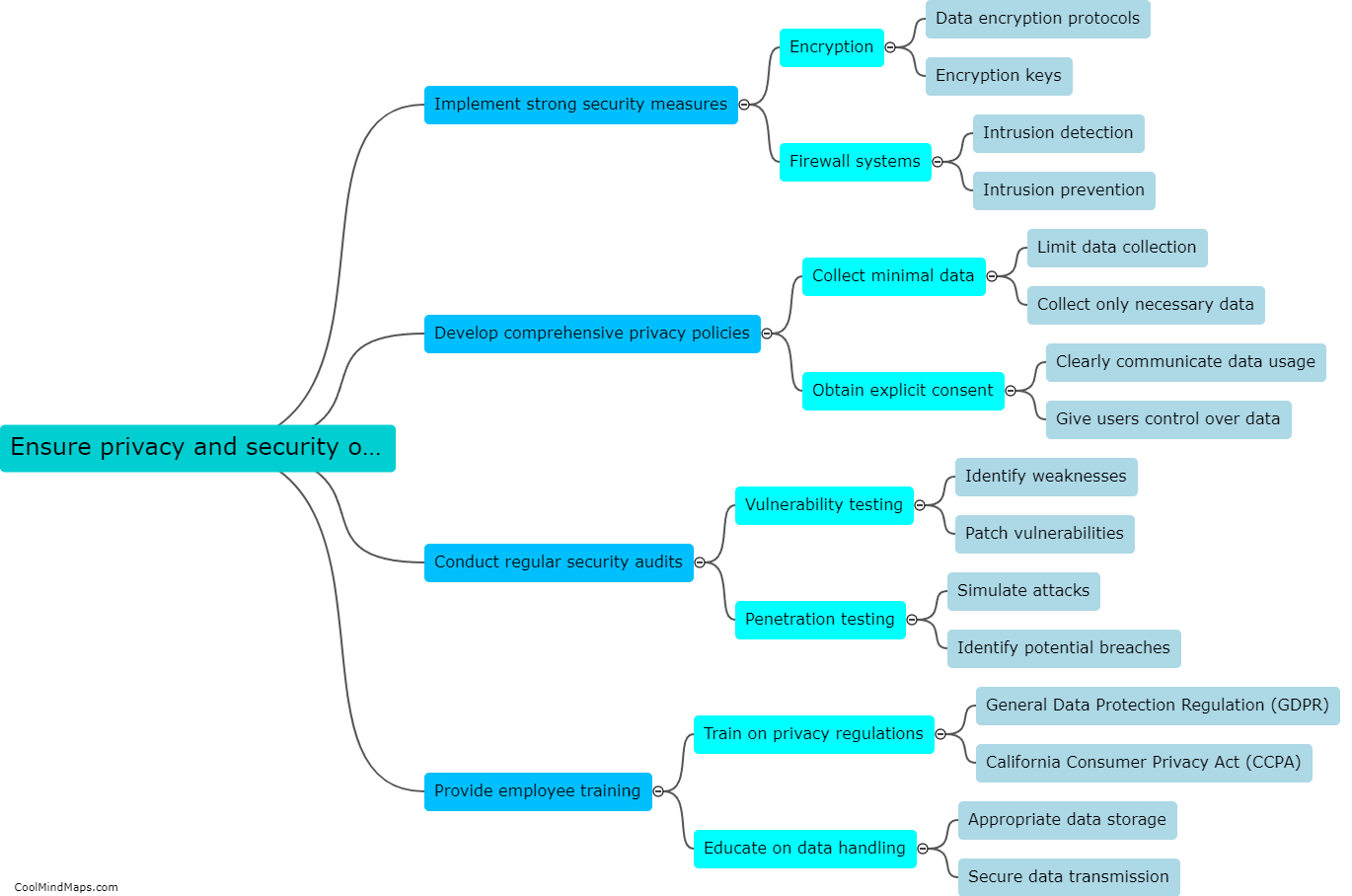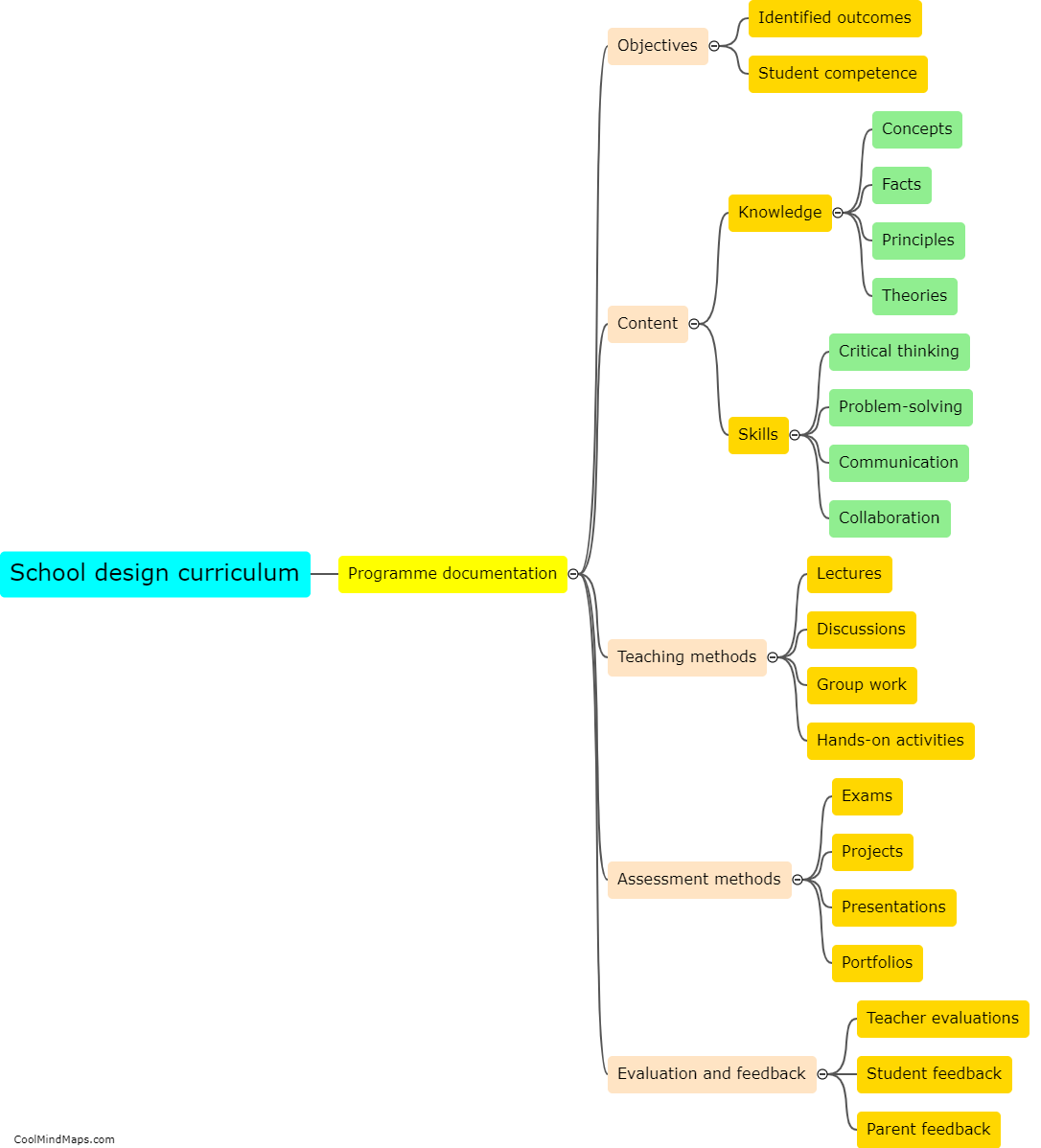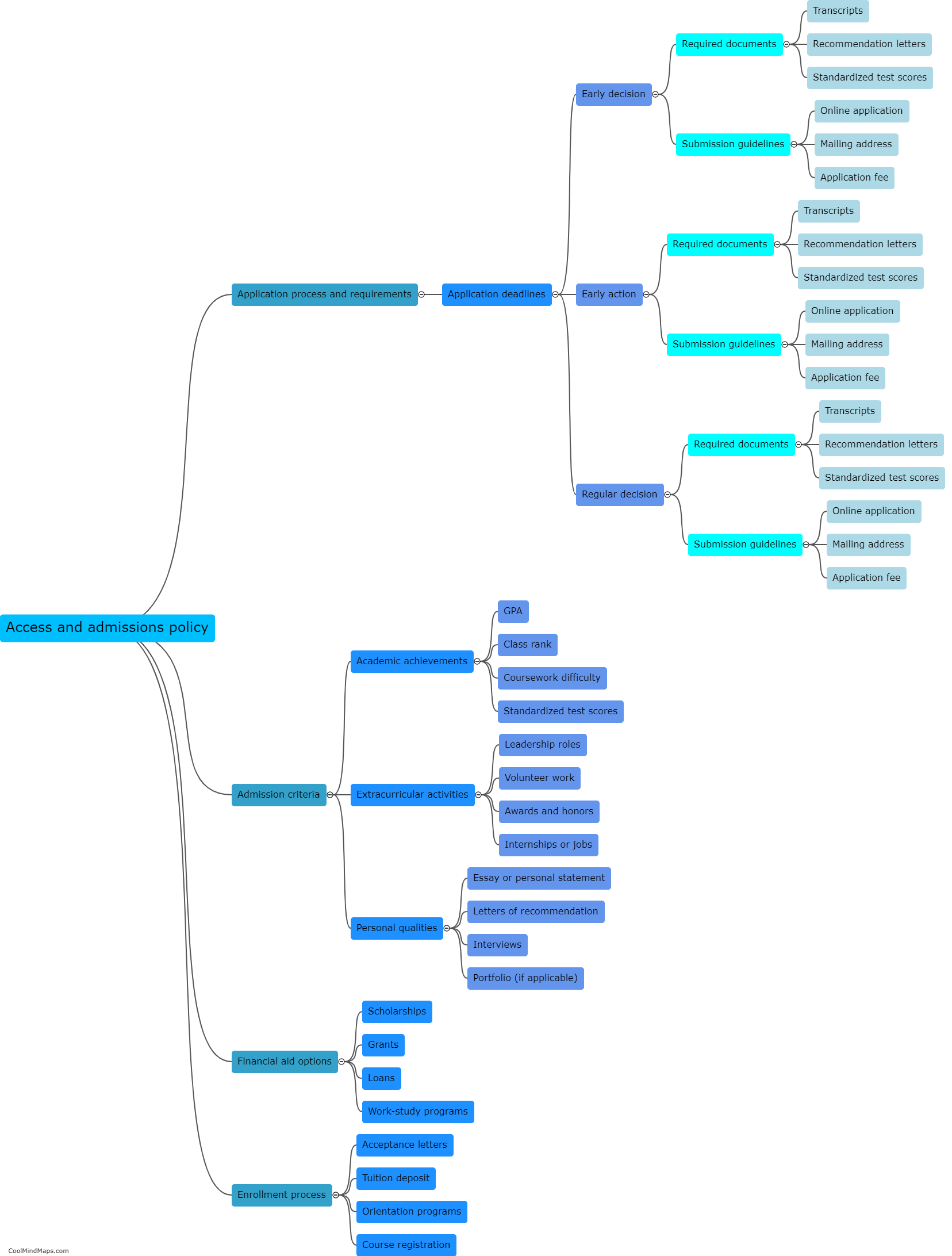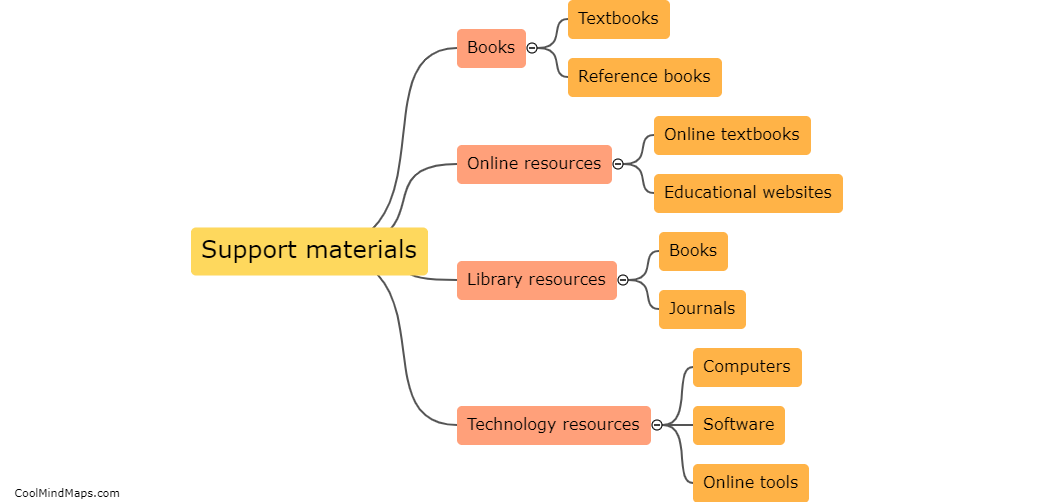How does the school articulate its schedule and curriculum to facilitate student connections in learning?
To facilitate student connections in learning, a school can articulate its schedule and curriculum in a way that encourages collaboration, interaction, and holistic development. The school can design a structured timetable that incorporates various opportunities for students to work together, such as group projects, discussions, and interactive activities. Additionally, the curriculum can be designed to include interdisciplinary approaches, allowing students to make connections between different subject areas and apply their knowledge in real-world contexts. The school can also provide ample resources and facilities for students to engage in hands-on experiences, such as laboratories, libraries, and research centers, promoting experiential learning and fostering deeper connections in their education. By prioritizing these elements in its schedule and curriculum, the school creates an environment where students can actively engage with their learning and build meaningful connections with both their peers and the subjects they are studying.
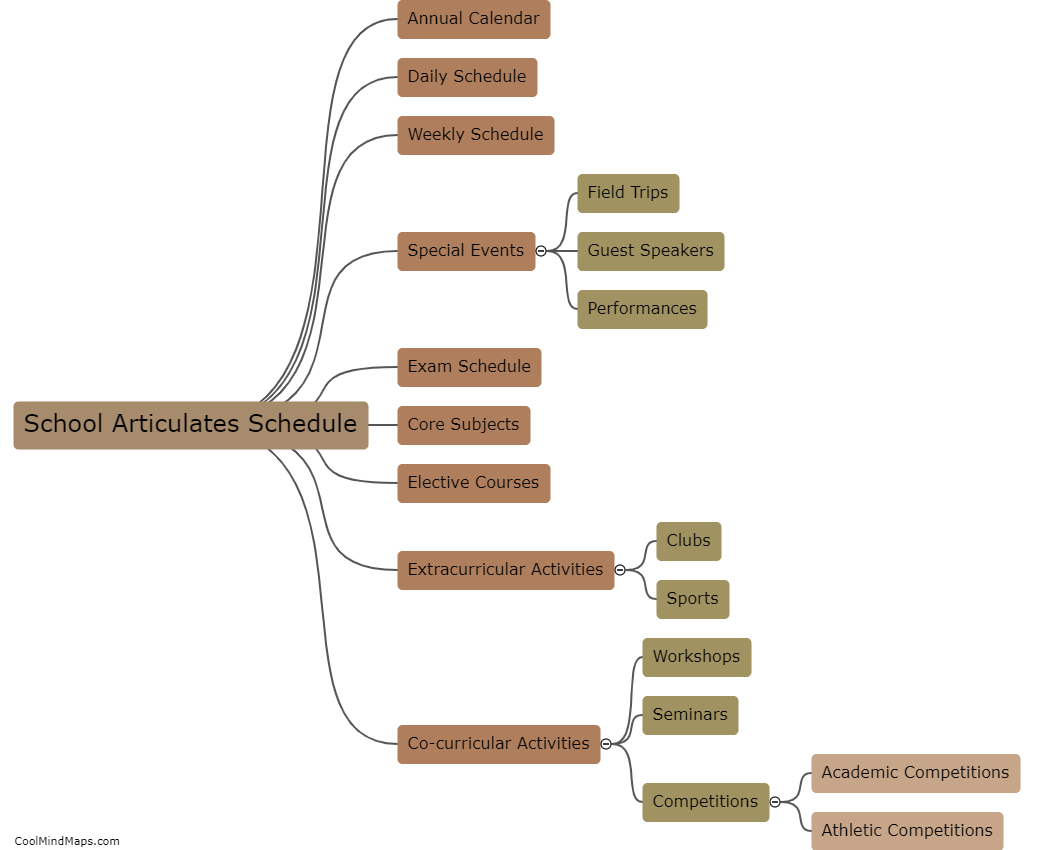
This mind map was published on 23 January 2024 and has been viewed 47 times.
